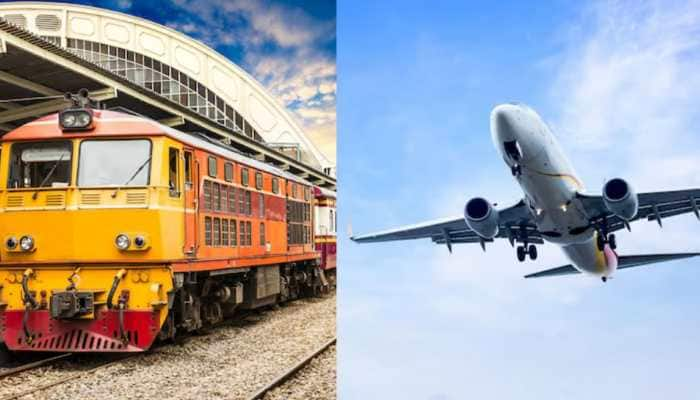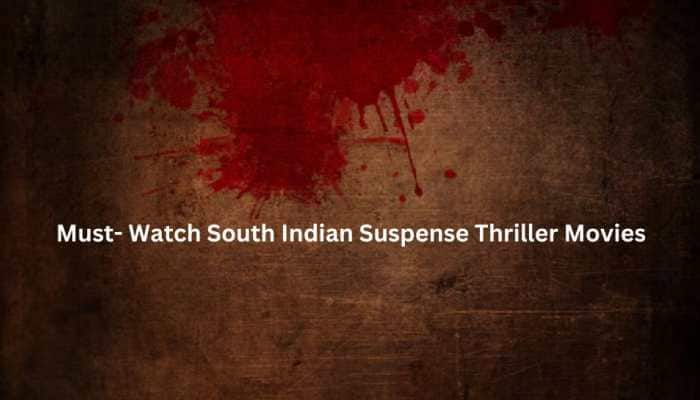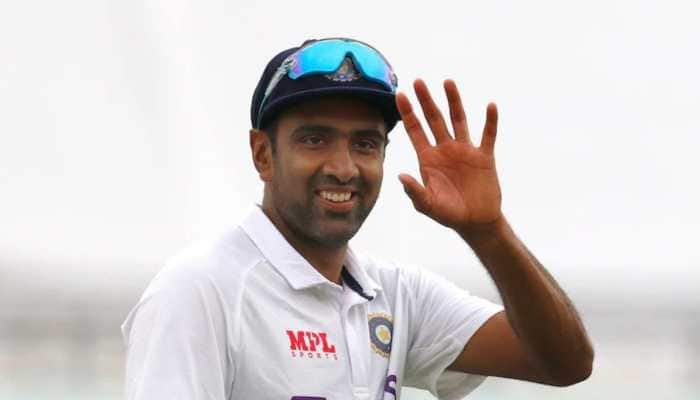Modi govt renews war on drug trafficking with new policy
With a new national policy, driven by the PMO, set to be put in place soon, the Centre renews its war on drug trafficking.
Trending Photos
)
Last month, the Union Ministry of Social Justice and Empowerment forwarded a draft National Drug Demand Reduction Policy to the Cabinet after modifying the document as suggested by a group of ministers (GoM). This followed Prime Minister Narendra Modi's directive to the GoM, headed by Home Minister Rajnath Singh, to examine the draft policy that seeks to address the problem of drug and substance abuse in India. The GoM comprises the ministries of Health, Social Justice and Empowerment, Women and Child Development, Transport, and Home Affairs.
The redrafted policy mainly focuses on the rehabilitation aspect of victims, apart from covering two broad areas — illicit drugs, including cannabis, heroin and opium, and pharmaceutical preparations like tranquillisers and inhalants. The policy emphasises on strengthening coordination among various regulatory agencies to check the diversion of substances from lawful channels to illicit ones, including Internet pharmacies.
However, much of the policy's success will depend on how effectively authorities deal with drug trafficking, of which India has become a key global transit point, sources have told DNA. Trafficking routes have changed in the last five years. Cartels are using channels that are not well known.
A renewed focus on drug trafficking began when Prime Minister Narendra Modi, in his Mann Ki Baat programme on radio in December 2014, termed the addiction menace as "devastating", saying the money spent by the youth on drugs could be funding terrorism. The PM said a thinking process should begin to ensure that the country is rid of this problem. He has involved celebrities from the cine world, sports and other fields to campaign for a "drug-free India". "Let your children open their hearts to you. You should observe their behaviour to see that they do not go on the wrong path. Nobody else can do what parents can do," the PM had said.
In 2016, the national capital recorded the highest number of drug seizures in the country, data tabled in the Lok Sabha in March this year showed. Early this year, a government survey revealed that 70,000 children in Delhi alone were drug addicts.
The Centre has issued orders for elimination of the menace of drug trafficking, directing the Narcotics Control Bureau (NCB) under the Home Ministry to play a major role in it. Home Minister Rajnath Singh has admitted that drug trafficking syndicates are a threat to the national security and sovereignty of states, and they need to be dealt with urgently. He has said that drug abuse in some parts of the country is causing an alarm and the youth should be protected from it. He has directed officials to expedite all pending proposals so that the NCB functions as one of the premier organisations to check the flow of narcotics in the country.
Heroin
The NCB conducted a detailed study and is equipping itself to take on the challenge in coordination with other agencies. The study shows that foreign syndicates are mainly behind heroin trafficking in India. And the trend is rising. Southwest Asian countries, western Europe and Canada have become main suppliers of heroin in India. Recent seizures indicate that these regions account for 35 to 40 per cent of heroin in India. International airports in New Delhi, Mumbai and Chennai are being used.
Agencies have found that heroin trafficking from Southwest Asian countries was earlier limited to the Punjab border.
But in the last two years, heroin is also coming through Jammu and Kashmir. Over 450 people have been arrested for drug trafficking in Jammu till August this year and a large haul of narcotic substances, including charas, brown sugar and heroine, was seized during the drive. A total of 379 cases were registered under the Narcotic Drugs and Psychotropic Substances (NDPS) Act.
Documents available with DNA reveal that small supplies are also reaching India, Myanmar and Bangladesh borders. Maritime routes are also being exploited. This year, till May, the NCB, the nodal agency for drug control enforcement, has seized 136 kg of heroin.
Opium
The NCB study says India is located between the world's two largest areas of illicit opium production: Golden Crescent (Afghanistan, Iran and Pakistan) and Golden Triangle (Myanmar, Laos and Thailand). This makes India both a destination and a transit route for opiates produced in these regions.
Cannabis
Another challenge is the wild growth of cannabis in India and Nepal, and its trafficking across the world. In India, there is a large-scale production and consumption of cannabis as ganja (raw leaves), and hashish and charas (resin). Cannabis is illicitly cultivated in some northern and northeastern states. Also a major quantity of ganja and hashish is trafficked into India from Nepal. Major trafficking junctions in India of cannabis are Imphal, Patna, Bhubaneswar, Bhopal, Goa, areas of Himachal Pradesh, and Gandhinagar. It is trafficked from Mumbai and Delhi airports to the US and European countries.
This year, till May, 38,424 kg of cannabis and 801 kg of hashish were seized by the NCB. Last year, 2,94,347 kg of cannabis and 2,805 kg of hashish were seized, and in 2015, it was 94,403 kg of cannabis and 3,349 kg of hashish. The NCB managed to destroy 1,164 kg of illicit cannabis cultivation this year till May. Last year, it was 8,438 kg. In 2015, it was 818 kg. In August, the Union Cabinet gave its approval for a pact between India and Nepal on resolving the issue of illicit traffic in narcotic drugs and psychotropic substances.
Cocaine
Then there is the challenge of smuggling cocaine into India from Argentina, Brazil and West Africa. Another challenge is the diversion of ephedrine/pseudoephedrine drugs for production of synthetic drugs. There are also attempts to establish illicit meth labs in collaboration with foreign operatives and smuggle these banned drugs through the Internet and courier services. India is not a producer of the coca plant, and cocaine reaches here mainly from Brazil and African countries.
In the last one decade, most cocaine seizures took place from Kolkata, Chennai, Mumbai and Delhi airports where human couriers were caught. This syndicate is run by mostly African nationals. In 2017, till May, the NCB seized 23 kg of cocaine. Last year, it was 28 kg. And in 2015, it was 113 kg. After agencies increased surveillance at these airports, traffickers are now using the Nepal and Sri Lanka airports to push cocaine into India.
Pharmaceutical drugs
The biggest challenge for enforcement agencies is the abuse of drugs under Schedule – H, which cannot be procured without prescription. The problem became more serious after 2010. These drugs do not cost much and are easily available. Some of the major abuses of pharmaceutical drugs reported are codeine-based cough syrups, Buprenorphine injections, Tramadol, Alprazolam, Diazapam, Fortwin, Proxyvon, Spasmoproxivon, Relipan, Propoxyphene and Ketamine tablets. Another cause of concern for drug law enforcement agencies is that the substances frequently sold through pharmacies are opioid analgesics, central nervous system stimulants and tranquillizers, and there are no monitoring mechanisms.
Drug addicts in Punjab are shifting to pharmaceutical drugs like Tramadol and Buprenorphine, Rajnath Singh was informed by the NCB recently. Apart from drugs like heroin and cannabis, newer drugs that are synthetic in nature are also entering the market. Pharmaceutical drugs that are easily available and cheaper are now being abused widely, Singh was told. However, these drugs do not fall under the purview of the NDPS Act.
Syndicates
Most drug syndicates in India are run by West African nationals, especially Nigerians. Foreign tourists are being roped in for trafficking. African nationals have established solid networks of locals, particularly female couriers. This year, till May, 79 foreign nationals have been arrested. A total of 219 foreign nationals were nabbed in 2016, and 221 in 2015.
Multi-lateral effort
India is signatory to all UN and SAARC drug conventions. The NCB collaborates with the United Nations Office on Drugs and Crime, the International Narcotics Control Board and drug liaison officers across counties. India has mutual legal assistance treaties with 37 countries, extradition treaties with 37, and extradition arrangements with eight countries. Director General-level talks with Afghanistan, Bangladesh, Myanmar, Sri Lanka, Indonesia and now with Singapore are regularly organised.
India has also signed MoUs with 11 countries, including Australia, Bhutan, Indonesia, Iran, Maldives, Myanmar, Oman, Pakistan, Singapore, the US and Vietnam. Indian has also signed bilateral agreements with 24 countries like Mauritius, the US, Afghanistan, Myanmar, Zambia, Romania, Bulgaria, UAE, Egypt, China, Italy and others.
Timely exchange of information with international organisations has resulted in the arrest of carriers and seizure of drugs both inside and outside India.
The NCB has increased co-ordination with other law enforcement agencies and border-guarding forces, and is carrying out regular raids. Taj Hassan, Deputy Director General, NCB, said, "The NCB's field officers have been directed to ensure more interdiction." The NCB is also trying to reduce the demand for illicit drugs — a key element in the overall strategy. It has undertaken awareness campaigns through special classes in schools, colleges and universities, besides street plays.
(With agency inputs)
Stay informed on all the latest news, real-time breaking news updates, and follow all the important headlines in india news and world News on Zee News.
Live Tv







)
)
)
)
)
)
)
)
)
)
